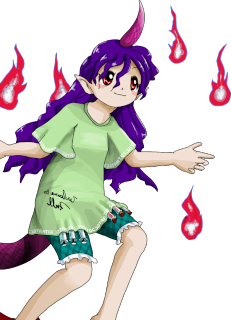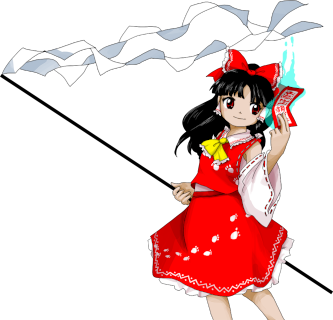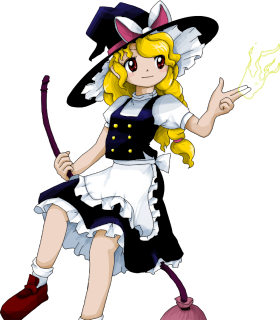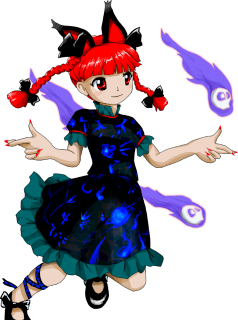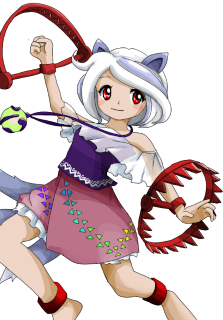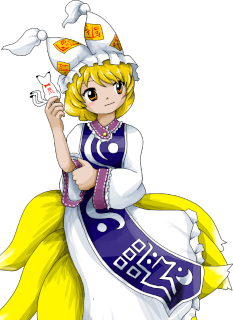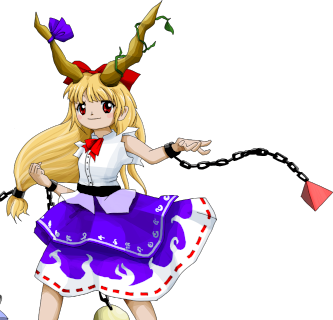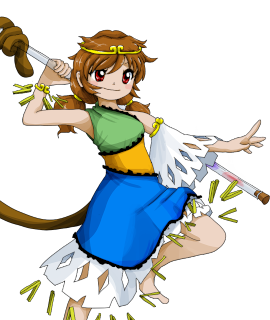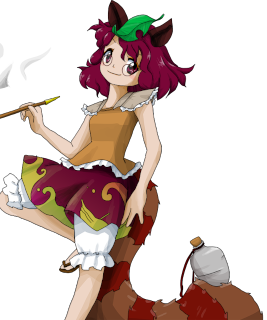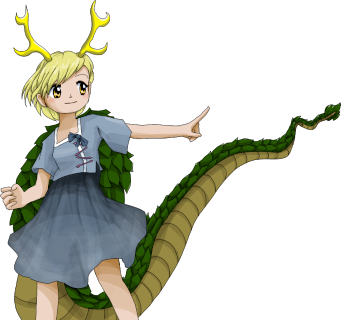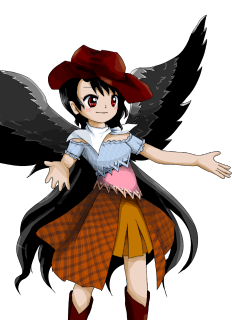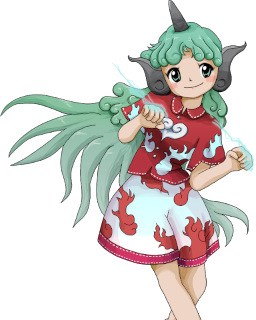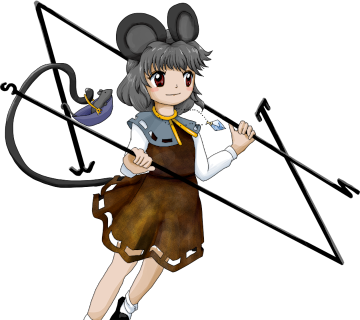Unfinished Dream of All Living Ghost
Unfinished Dream of All Living Ghost is the latest versus shooting game in the Touhou series, that came out this year (2023 at the moment of writing). It works pretty much the same as PoFV and PoDD, but has a few of its own peculiarities.
Gameplay Basics
Controls
The game opposes two players on a split screen setup. Each part of the screen dedicated to a single player will be referenced in this guide as "field". In this game, the controls are more complex than usual: you have three of them.
- A can be held to fire a character's basic shot, which is their main way to deal damage to enemies on their field
- B can be held to activate a character's scope and charge up their meter/gauge, which allows access to special attacks
- C can be pressed to bomb, clearing patterns and enemies off the field
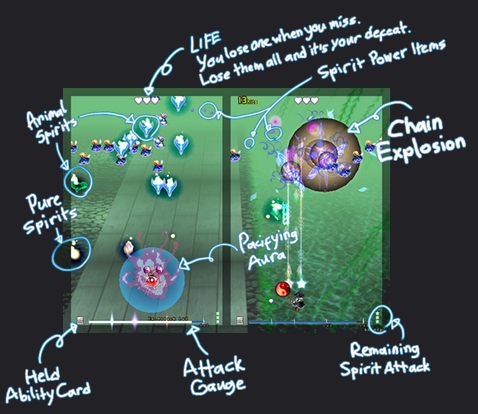
Hearts
Health in this game is represented by hearts, however, as opposed to most other games of its kind, a hit will only damage a single heart. That is, only if said player getting hit doesn't have their shield up.
Shield
In this game, since there aren't many ways to clear danmaku off the field, players instead get a shield, which allows them to sustain one hit without losing a life. These get replenished by default whenever a player loses a heart, or uses their C3/C4 meter attacks (see below)

Special attacks
First, let use define a few terms to make understanding of this guide easier:
- Gauge/meter refers to the pipe displayed below each player's field
- Energy refers to how much of this pipe is currently filled up
- Opponent refers to the other player (player 2 if you are player 1 and vice-versa)
Using energy, a player can fire up to 4 different special meter attacks:
- C1, also referenced as charged shot, is usually a stronger version of a character's shot
- C2, also referenced as skill, is a special ability that differs wildly depending on the character played
- C3, also referenced as extra attack in game, usually fires several ex attacks (also called passive attacks)
- C4, also referenced as boss attack in game, sends a nonspell or a spellcard over the opponent's field

The charge speed, as opposed to PoDD and PoFV, is the same for every character. However, the breakpoints for each attack has a few variations on some characters (usually making C1, C2 and C3 more or less expensive).
Items
Items are the only way to refill your meter's energy. There are two ways to generate them in this game.
- Killing enemies, in particular chaining several kills under a short time span grants bonus items.
- Bullets entering your scope
- Grazing
Enemies
There is a pretty great diversity of enemies in this game. Killing one of them by default does not reward any item, you need to kill several of them in a chain one after the other in what is called a combo chain to spawn some. Killing one will however always will trigger an explosion the size of which depends on the kind enemy killed. An explosion is a circular area in which splash damage is dealt to other surrounding enemies, including any opposing character boss on your field. It also cancels pellets (and popcorns) in their vicinity and sends them back to the opponent's field.

Whenever you kill several base enemies in a row, the hit combo display is incremented for each kill. As long as you hit a base enemy, it will not reset, however, as soon as you stop hitting one, an internal timer starts (its length depends on the combo value), at the end of which the hit count is reset back to 0. This counter is important because it determines the number of items spawned by enemy deaths (and likely other things we still need to determine).
In UDoALG, enemies are classified into two main categories:
- Base enemies: they are fairies or wheel ghosts that come in organized formations
- Spirits: they come in different flavours, namely divine and animal spirits
Spirits
Killing spirits sends them back to the opponent's field. The omake mentions that shooting down divine spirits (yellow wisps) will produce animal spirits on the opponent's field, and that your distance to them as they die influences which spirit is spawned. From experimentation, here are the approximate distances:
 Spawns after 2/3 of the vertical height of the field away from the player
Spawns after 2/3 of the vertical height of the field away from the player Spawns between 1/3 and 2/3 of the vertical height of the field away from the player
Spawns between 1/3 and 2/3 of the vertical height of the field away from the player Spawns between point blank and 1/3 of the vertical height of the field away from the player
Spawns between point blank and 1/3 of the vertical height of the field away from the player
Note that the distances used here are absolute and include both the vertical and horizontal components. This also applies to beast spirits themselves, so for example an eagle can be sent back to the opponent's field as a wolf and vice versa. All three beast spirits have different behaviors as follows:
 Spawns at the top of the field and fly downwards quickly at a diagonal angle, firing 6 blue arrowheads in a circle
Spawns at the top of the field and fly downwards quickly at a diagonal angle, firing 6 blue arrowheads in a circle Spawns at the sides of the field and slowly moving downwards between the two walls, firing 1 green arrowhead downwards
Spawns at the sides of the field and slowly moving downwards between the two walls, firing 1 green arrowhead downwards Spawns at the top of the field and fly downwards in a straight line, firing 1 red arrowhead behind them that then homes onto the opponent
Spawns at the top of the field and fly downwards in a straight line, firing 1 red arrowhead behind them that then homes onto the opponent
Scope
The scope, also referenced as pacifying zone or exorcism zone in the manual, is the blue zone that appears on a player's field whenever they charge up their meter. Each character has a different scope, but their main purpose an properties remain the same. They are as follows:
- Dousing spirits that enter its area of effect, allowing the player to kill them much more easily
- Slowing down bullets and base enemies that enter its area of effect
- Spawning items whenever bullets enter its area of effect
Because of these three properties, usage of character's scope is often key in victory. Generally speaking, we would categorize scopes into two big families:
- Offensive scopes: usually situated at a distance above a character, they are great to farm items when touching bullets at a distance
- Defensive scopes: usually situated around a character, they are great to slow down patterns and activate spirits in their vicinity


Bombs
At the start of each round, each player gets 3 bombs that they can use to clear patterns and enemies. They are pretty useful in tight spots, in particular when dealing with bosses (as they can damage them). One very important aspect of bombs however, that doesn't seem well understood generally speaking, is that the bullets and spirits they destroy send back a lot of things on the opponent's screen, often to such an extent it forces them to use a bomb on their own!
Because of that, the game pretty often resolves in so called "bomb wars" that go as follows: one player bombs their screen as it is filled with bullets and spirits. Because of that, a similar level of chaos is sent back to the opponent's screen, and they bomb in turn. Hence and repeat until every bomb has been used. With the default number of bombs, this is very favorable to the player that didn't start the war, as long as there is enough stuff on one's field to send back to the others. This means under normal circumstances, the first player to bomb loses the bomb war, and often, with it, the round.

In this game, bombs work with the meter energy you gathered and consumed all of it until only enough energy to use a character's C1 ability is left. However, the length and maximum size of a bomb is actually impacted by the amount of energy consumed, so that energy isn't entirerly lost.
Bosses
Whenever a character uses their C4 ability, it sends over a boss on the opponent's screen. Depending on the level of said attack, it will either start firing patterns corresponding to a spell or a nonspell. Usually, the first time a boss attack is performed, only the nonspell is cast, then only the spell, and eventually both the nonspell and spell are performed one after the other.
A really interesting property of these attacks is that when cleared, either by damaging the boss enough or by timing out the pattern, the field is fully cleared off any bullets and enemies. This makes it an additional mechanic that allows to reverse a lot of patterns onto the opponent's screen, that works similar to bombs.
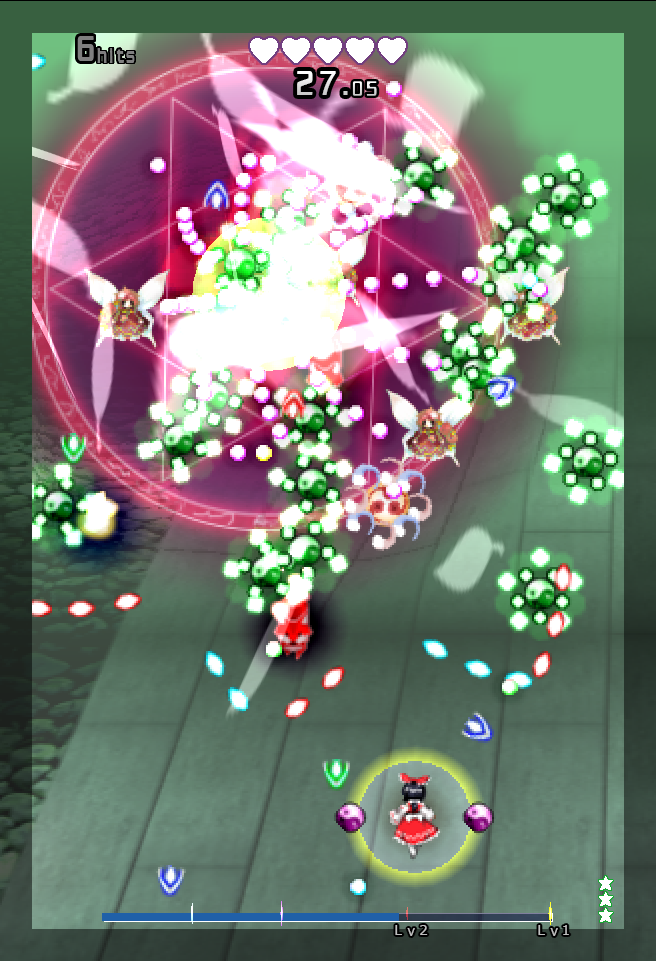
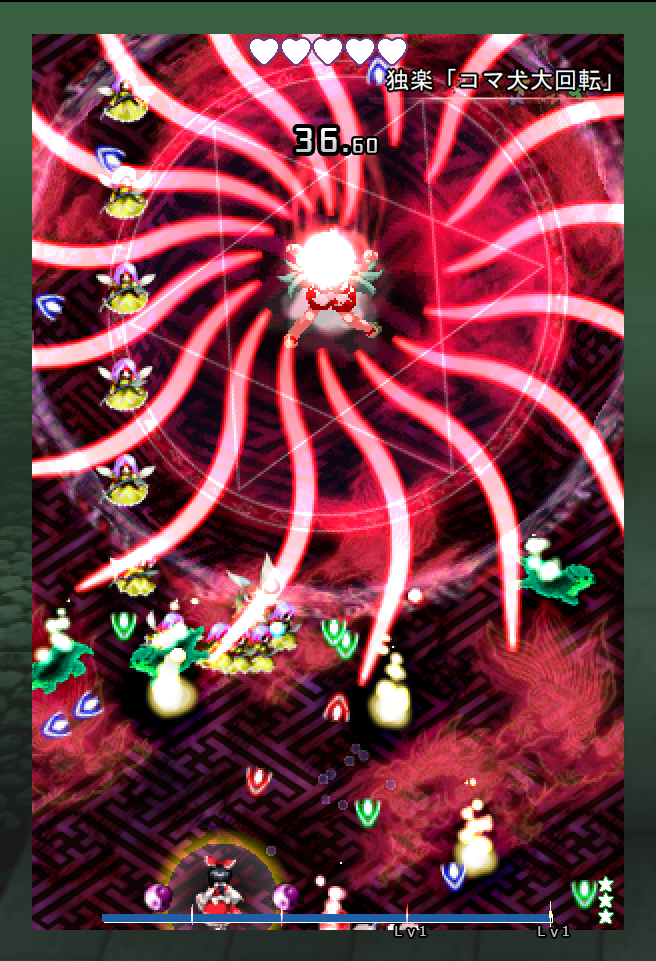
Ability Cards
This game allows you to use one ability card in PVP. Here is a detailed list of them:
Click to expand
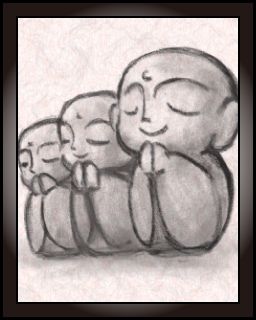 |
Increased damage to Beast Spirits |
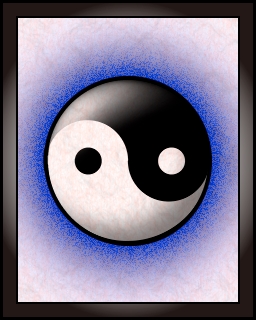 |
Additional homing shots |
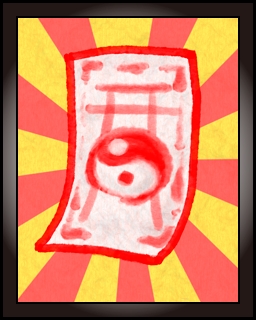 |
Smaller hitbox |
 |
Additional laser |
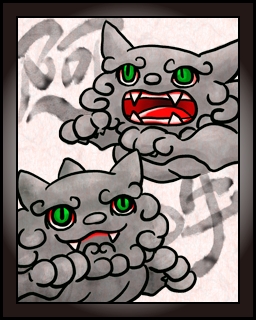 |
Increases charge speed |
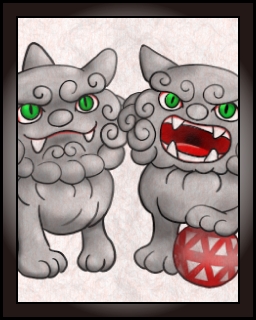 |
Increases scope size |
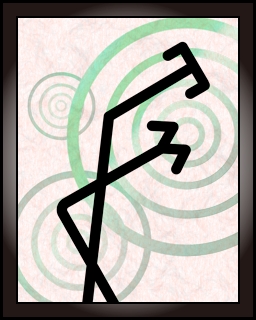 |
Adds 2 bombs |
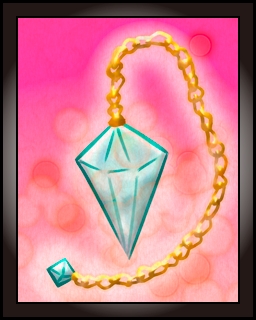 |
Bombs last longer |
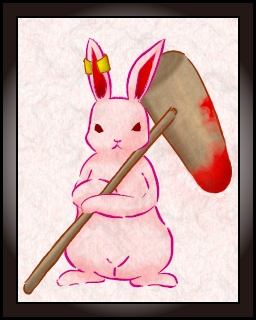 |
Additional front missile |
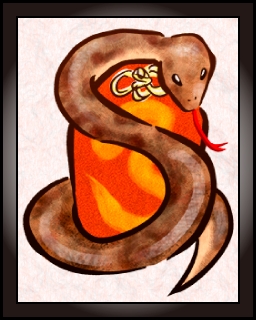 |
Additional snake shots |
 |
Additional frog shots |
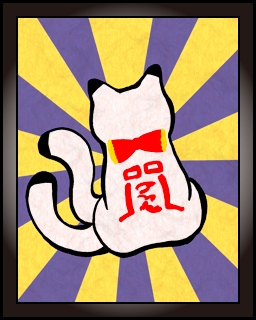 |
Additional vertical shikigami option |
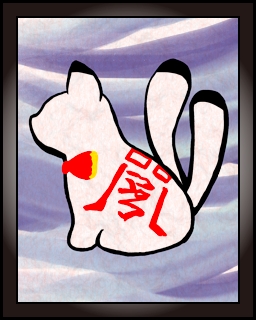 |
Additional horizontal shikigami option |
 |
Additional penetrating phantom shots |
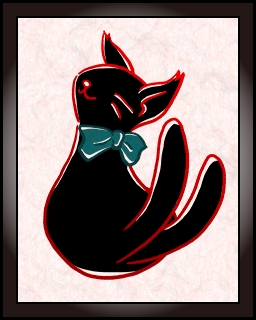 |
Allows user to pass through quelled spirits safely |
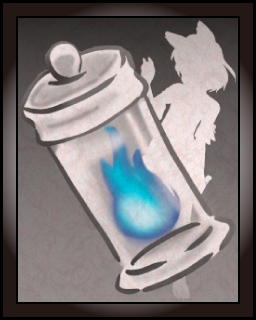 |
Additional vertical tube shot |
 |
Additional horizontal tube sho |
 |
Additional leaf shots |
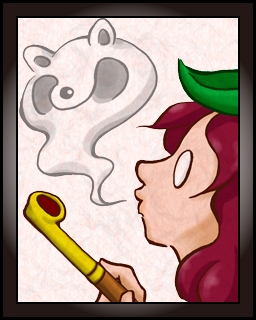 |
Destroy bullets when barrier breaks |
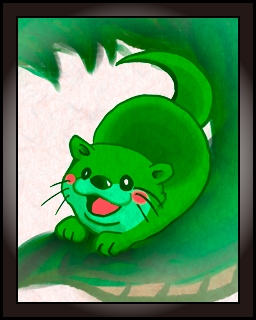 |
Powers up your Otter Spirit attacks |
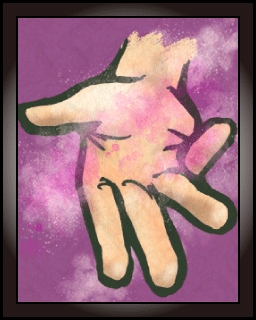 |
Weakens enemy Otter Spirit attacks |
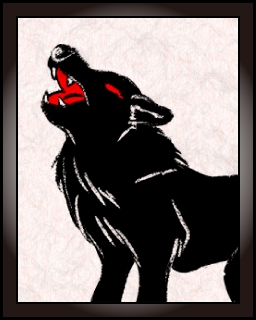 |
Powers up your Wolf Spirit attacks |
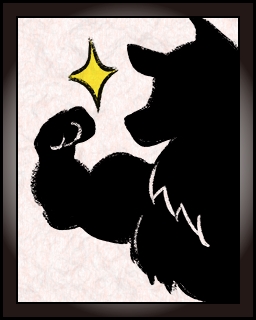 |
Weakens enemy Wolf Spirit attacks |
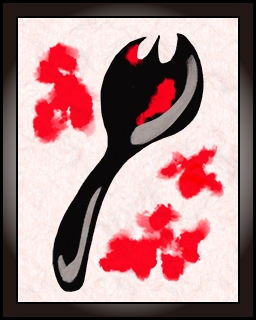 |
Powers up your Eagle Spirit attacks |
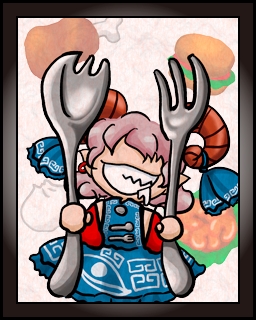 |
Weakens enemy Eagle Spirit attacks |
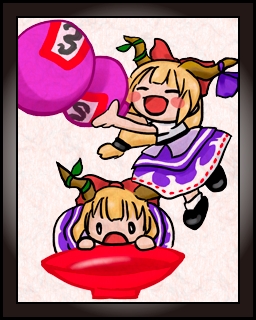 |
Additional movement-tracing option |
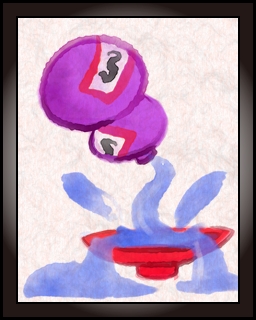 |
Buffs damage against nearby enemies |
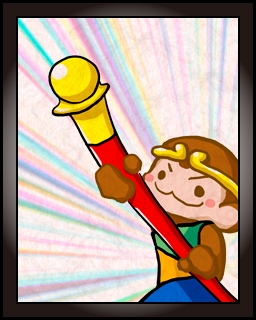 |
Additional gold pole shots |
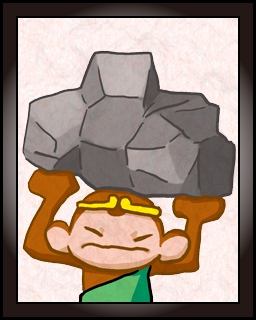 |
Allows user to pass through Otter Spirits |
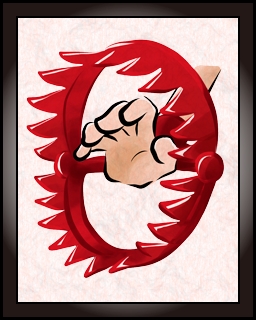 |
Additional trap shots |
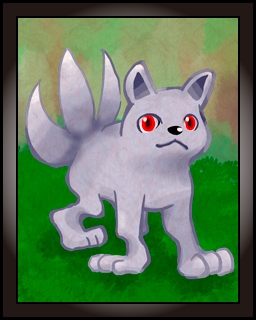 |
Allows user to pass through Wolf Spirits |
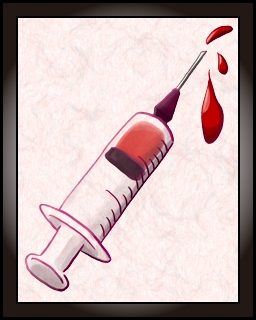 |
Additional syringe shots |
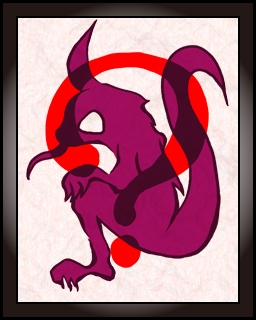 |
Allows user to pass through Eagle Spirits |
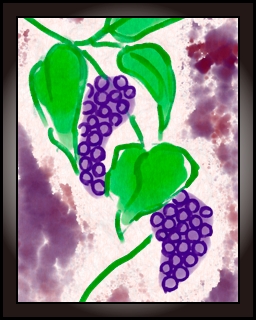 |
Additional tracking shots |
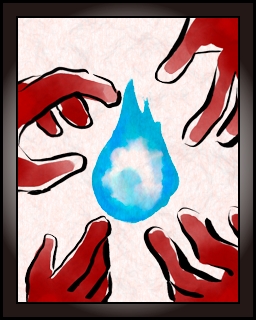 |
Some bullets become slower |
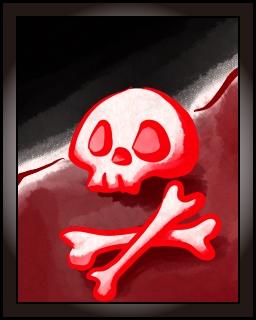 |
Additional oni shots |
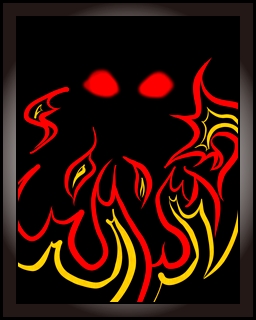 |
C3 and C4 meter attacks now grant 1/3 of a bomb |
Tier List
Please note that since the game came out pretty recently, this tentative tier list is mostly based off our feeling about characters, isn't rooted in empiric data (actual PVP matches like for PoFV), and is subject to changes as the community discovers new game mechanics.
| SS | ||||
|---|---|---|---|---|
| S | ||||
| A | ||||
| B | ||||
| C | ||||
| D | ||||
| E |





